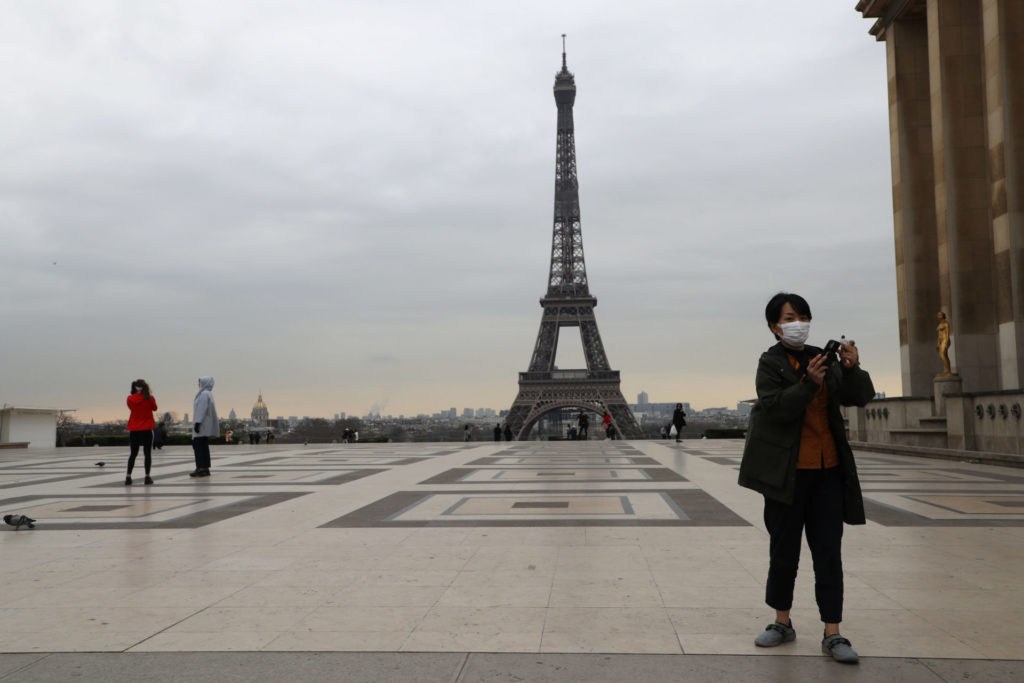With the coronavirus situation improving in many countries, the latest update to the European Centre for Disease Prevention and Control (ECDC)'s map shows a lot fewer red zones, with France in particular doing well.
France, which in the previous update was completely red with some dark red regions in the south of the country, has now lost most of its dark red zones and even has some orange areas again.
In the northwest of the country, several regions - including Normandy and Pays-de-la-Loire - have turned orange, and only Provence-Alpes-Côte d'Azur in the south is still dark red.
Greece is a little better as well, with both Crete and West Macedonia in the north turning from dark red to regular red. Likewise, Italy is slowly turning less red to become more orange.
Updated ? maps are online!
These maps aim to support the @EUCouncil recommendation on travel measures in the EU during #COVID19 pandemic. Color-blind friendly map in the next tweet.https://t.co/CcBVx6B0o5 pic.twitter.com/KhQdCsR0lx — ECDC (@ECDC_EU) September 9, 2021
But in Croatia, the opposite is true as the entire country is now coded red. The Adriatic coast - which is a very popular tourist destination - was orange on last week's map.
Sweden, which was almost entirely red in the previous update, has now turned completely orange.
Norway is going in the other direction and is now coloured a lot more red than it was last week.
Romania is also leaving behind the last of its green zones and has - apart from the middle of the country - turned almost fully orange. The same goes for Slovakia, which is now coloured half orange and half green.
In Belgium, nothing has changed compared to last week's update: Flanders and Wallonia retain their red colour and the Brussels-Capital Region is still dark red.
The European colour codes are an indication for the EU Member States to impose conditions on returning travellers, such as mandatory testing or quarantine. The colours are also taken into account for the admission of travellers to their own countries.
Member States cannot impose extra restrictions on travellers coming from a green area, but they could demand a negative test and/or quarantine from (unvaccinated) people coming from orange or red zones.
From 31 August, non-vaccinated people aged 12 and over who do not have a recovery certificate must be tested if they return to Belgium from a red zone, on day 1 as well as on day 7 of their return.
Quarantine between the two tests is not necessary, except for people who test positive, and will therefore have to self-isolate, according to the latest rules.
All travellers wishing to enter Belgium after more than 48 hours abroad are required to complete the Passenger Locator Form (PLF), regardless of the colour code of the zone they return from.

